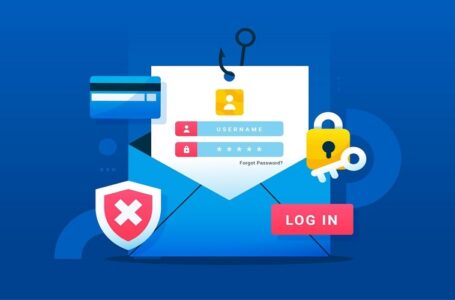Shirofune Enhances Shopify Integration with Google Analytics 4’s Data-Driven Attribution Model
The app marketing strategies that drive revenue and retention

Retargeting is an essential part of any mobile marketing plan in 2022, particularly in a highly competitive market where everyone is vying for the attention of users. Making the most of a current user base and improving return on UA efforts are both possible with a sound retargeting strategy and monitoring system.
Retargeting is significant in three primary areas. The most difficult task for the majority of app developers is preventing churn. You must make sure that consumers who have already downloaded your app are continuing to use it. Activating fresh installs is the second area. These are the people who have downloaded your app but have not yet taken the initial action necessary for engagement, such as signing up for a subscription or making a deposit. And the third category is upselling your users. Retargeting is the practice of approaching a user who has already made a minor purchase and asking them if they would be interested in making any additional purchases, purchases of a bigger value, or both.
Here’s a more detailed look at those three key strategies – plus insight into one that’s become a huge topic for app marketers in 2022.
Targeting high LTV users to increase revenue
Your objective is to target high lifetime value (LTV) user categories with retargeting advertising to increase your revenue from this tiny subset of paying customers. Since these people are already active, it may seem contradictory, yet maintaining their engagement and satisfaction is crucial for boosting sales. Targeting the few paying users (also known as whales or VIP users) in hard-core gaming applications has been demonstrated to increase retention and in-app income; in e-commerce apps, it assures that returning customers continue to make in-app conversions. It’s vital to keep those super valuable users in your app. Once a user’s been gone for about a week, they’re unlikely to return. With a retargeting strategy, you can make sure that your app stays top of mind, that you remind those users to stay in the app, and also push them to make additional purchases. Well-timed creatives are key. Users want to see relevant creatives at the right moment and in the right context. Doing this successfully requires smart retargeting of creatives and a solid bidding platform to ensure you get to those users promptly.
Bucketing users by app open
Segmenting users into different buckets, or segments enables you to build a tailor-made strategy for each one. The most crucial audience segments most marketers use are new installers, former payers, and current payers. With new users, 70% churn immediately after installation. While some will churn no matter what (because every UA strategy turns up some duds), it’s still important to protect your UA investment. This is also a good way to screen which of these users are meant to stay, Lovejoy says. Former payers often have high intent; retargeting these users can create new high LTV users, keep them active and show the potential of the app. As for current payers, they’re the ones you want to keep within your app ecosystem and should always be paid attention to. This strategy is especially suited for ad monetization apps, or casual games that invest a lot in UA, but need a way to retain those users. Retargeting can help them maximize the amount of revenue that can be extracted from users who have no intent to purchase rewarded ad videos. With retargeting, you can emphasize or accelerate in-app user behaviors, but you can’t create behaviors that do not exist. A user who has opened five times in the past can be convinced to create a true habit of checking the app every day and become a highly engaged user. On the flip side, if you only see 0.10% of users completing a certain action, it will be very difficult to get more users to do that action with a retargeting campaign alone.
First-to-second conversion strategy
There is always a drop-off in-app users who have made one purchase – a huge chunk of them never make another purchase again. A first-to-second conversion strategy can change that. Typically, you start with analyzing the average time between first and second conversion, which helps determine when to get an ad in front of users, to push them to make that second purchase. That conversion window differs widely from app to app. If the average time is three days between those two points, you’d start targeting them after three days to push them to that second purchase (if they haven’t done it on their own). The whole idea here is that some users might need a bit more of a nudge than others. It’s important to start pushing for a second conversion because the sooner the second conversion is made, the better chance there will be a third, and so on.
Beyond retargeting
App marketing isn’t all about retargeting, however. Cross-promotion is all about retaining high LTV consumers inside your whole app ecosystem as opposed to concentrating on just one app. Pushing users to another app in your ecosystem when you believe they are going to leave is a good idea. For game development teams that have a variety of games in their catalogs, this approach is particularly pertinent.




